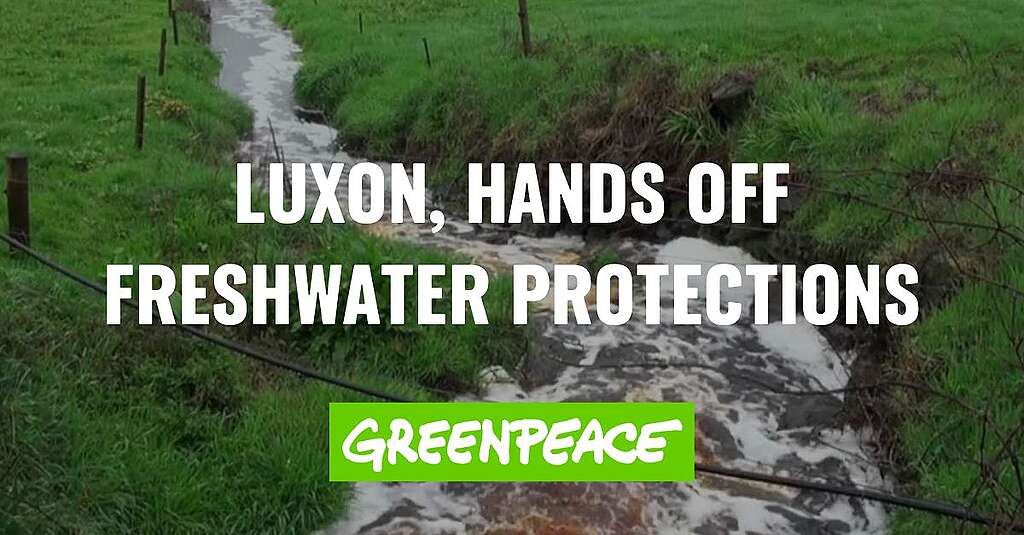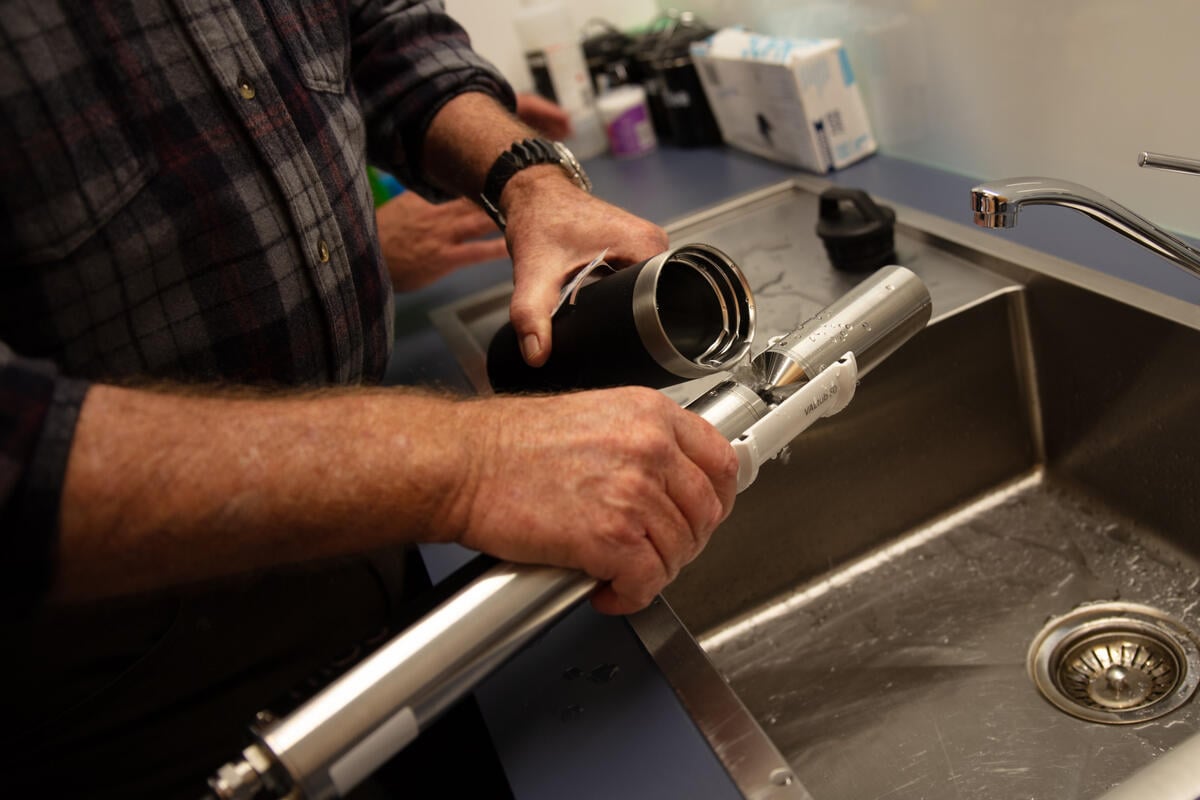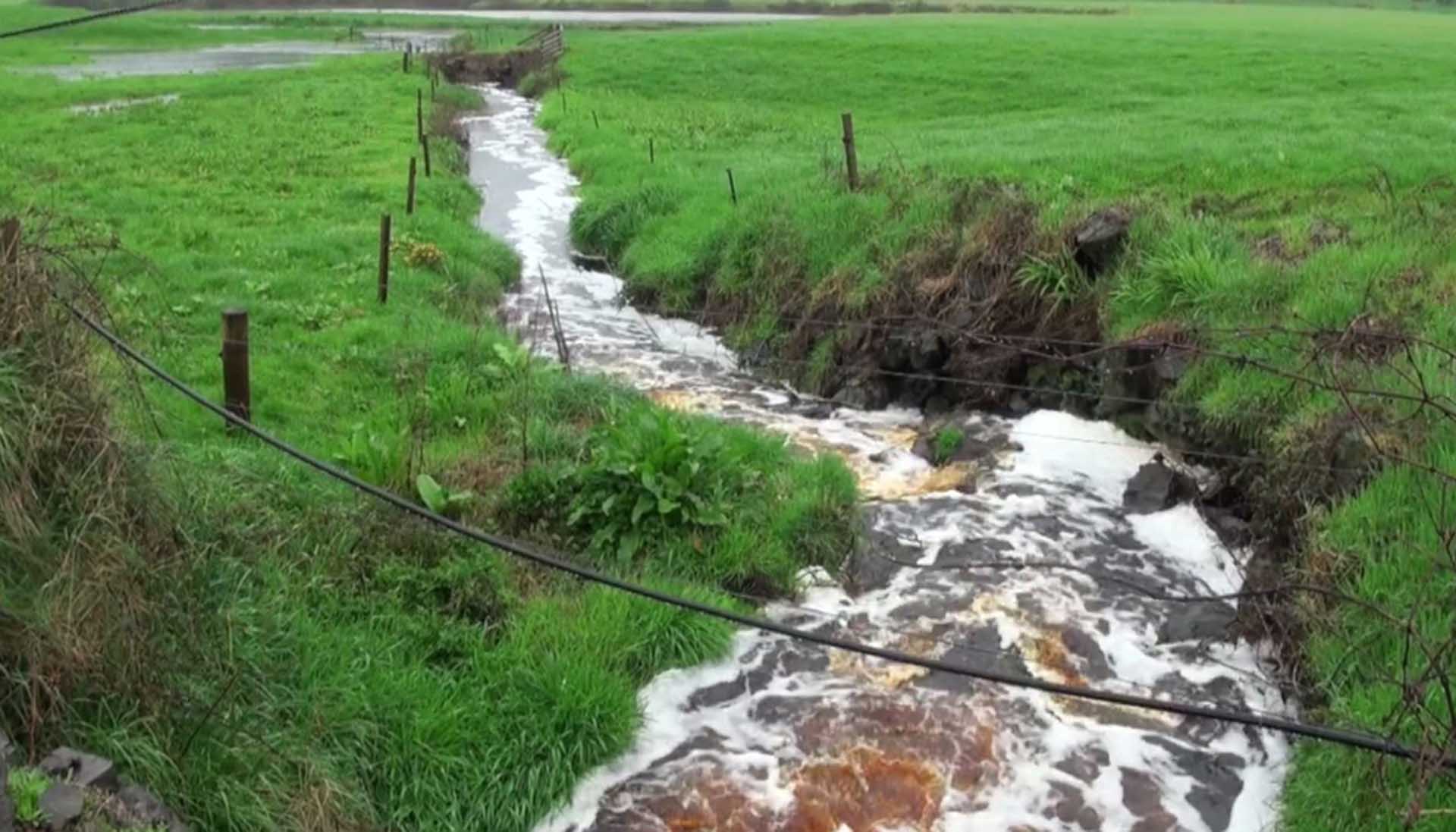Greenpeace Aotearoa is announcing it will run free drop-in drinking water testing events for nitrate contamination in Amberley and Oxford on the 18th and 20th of October. These events follow test results earlier this year that indicate high levels of nitrate in the nearby Waimakariri District and wider Canterbury region.
Greenpeace spokesperson Will Appelbe says, “Over the last three years, we have consistently found high levels of nitrate in both private bores and public water supplies, and it has emphasised the need for both free water testing and an end to drinking water pollution at the source.
“Access to safe, healthy drinking water is a fundamental human right, but in New Zealand’s rural communities, particularly in Canterbury, that right is being eroded. No one should have to worry about whether the water coming out of their tap is safe to drink, but that is the reality for many people living in rural Canterbury today.”
A growing body of research has shown that even small amounts of nitrate contamination in drinking water can increase the likelihood of health risks such as bowel cancer and preterm birth. Now, public town supplies are reaching levels as high as 5 mg/L – the level at which studies have shown that risks of premature birth increase by almost 50% – and many private bores are testing above the current maximum allowable value, set decades ago to prevent against blue baby syndrome.
“In April, we found that three town supplies in North Canterbury were testing above 5 mg/L of nitrate – the level at which the NZ College of Midwives warns can increase the risk of pre-term birth for pregnant people who drink this water. One of those supplies was the Oxford Rural One town supply,” says Appelbe.
“We are deeply concerned about the potential for people on private bores in Canterbury to be drinking unsafe water. Previous testing events have found private bores at levels of nitrate as high as 25 mg/L – more than double the Government’s maximum allowable value of nitrate.”
Greenpeace will be offering free drinking water testing in Amberley on the 18th of October, and Oxford on the 20th of October. Nearly two thousand water samples have been tested by Greenpeace since 2021, at more than twenty in-person water testing events and through the organisation’s mail-in testing programme.
“Rural communities are most likely to be impacted by high levels of nitrate contamination in drinking water, because they are the closest to intensive dairying – the main source of nitrate contamination,” says Appelbe.
“The number of dairy cows in New Zealand has doubled over the last thirty years, and use of synthetic nitrogen fertiliser has increased seven-fold. This has led to a corresponding increase in nitrate contamination of water in rural communities, as cow urine and nitrate from the fertiliser ends up in groundwater and therefore in drinking water.
“Ultimately, it is very difficult and expensive to remove nitrate from drinking water once it is in a water supply,” says Appelbe. “The long-term solution to improve drinking water quality for these communities is to stop the pollution at source, and that means phasing out synthetic nitrogen fertiliser use, and reducing dairy herd numbers.”
Greenpeace launched the ‘Know Your Nitrate’ map at the end of 2023, which uses both Greenpeace’s own testing results, as well as data from Land, Air, Water Aotearoa (LAWA), GNS Science and local councils to make known drinking water nitrate data publically available in map form.
Greenpeace says the Know Your Nitrate map is designed to inform and warn the public of the potential health risks of nitrate in drinking water. It can give you some idea of what contamination levels might be in an area, but the organisation says people should get their water tested to be sure.

Call on Christopher Luxon to leave New Zealand’s freshwater protections alone
Add my name


